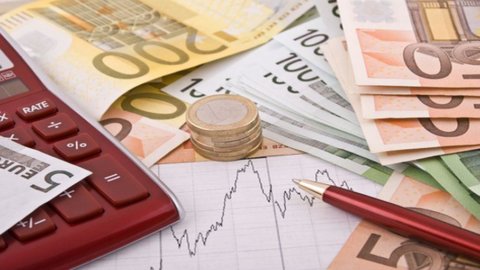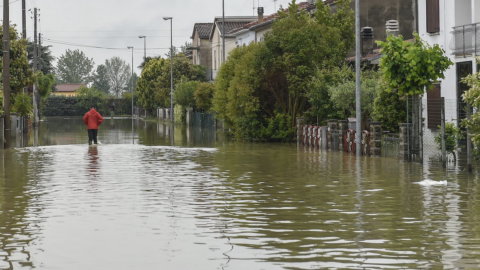The long years of crisis have led to a gradual reduction of the weight of investments on GDP almost everywhere in Europe: in the EU 28 it went from an average of 22,8% in the first quarter of 2008 to 19,7% in the fourth quarter of 2015, while in the smallest group of countries of the single currency, it fell from 23,3% to 19,9%. In Italy, 21,4% has risen to 16,6%.
In March 2016, the Juncker plan, launched in July 2015 with the aim of stimulating investments in Europe for a total of 315 billion, had generated 76,1. The projects mostly concern the energy sector, transport, research and development (R&D) and ICT. In this first phase of the Plan, Italy has been recognized as the country with the highest number of approved financing agreements for SMEs: 21, in addition to 8 infrastructure projects.
In Italy in 2015 R&D investments recorded the third consecutive year of growth, resulting in 11,7 percentage points higher than before the crisis, in 2007. The weight of R&D expenditure on GDP thus stood at 1,3%, 0,2 points from the Europe 2020 target, set at 1,5%. The slight progress recorded in the last three years leaves our country still behind the main European partners, both in terms of expenditure on GDP and per capita expenditure. Research spending in our country is mainly financed by companies: in 2014 (latest data available) these contributed to the overall expenditure for more than 55% of the total.
However, the weight of business research on GDP in Italy is still low in international comparison (0,58% of GDP against 1,8% of the
Germany). Research is mainly financed by the largest manufacturing companies, with those in the automotive, electronics and pharmaceutical sectors leading the ranking. The lag of the Italian productive sector with respect to the main European partners appears less evident if the analysis is extended to the more general concept of "innovative capacity".
The still relatively small size of the high tech and R&D sector in Italy has, among the various consequences, a rather low percentage of employees in the sector: only 3,9% of the total, a value that places us in 28th position in the EU 20, immediately ahead of Greece, Portugal and Eastern European countries. Furthermore, there are few young scientists and engineers in our country: only 3% of the population aged between 25-34 can be attributed this qualification, a figure that places us at the bottom of the EU 28 ranking, behind Greece (3,3%) , Romania (5,8%) and Spain (6,4%).





